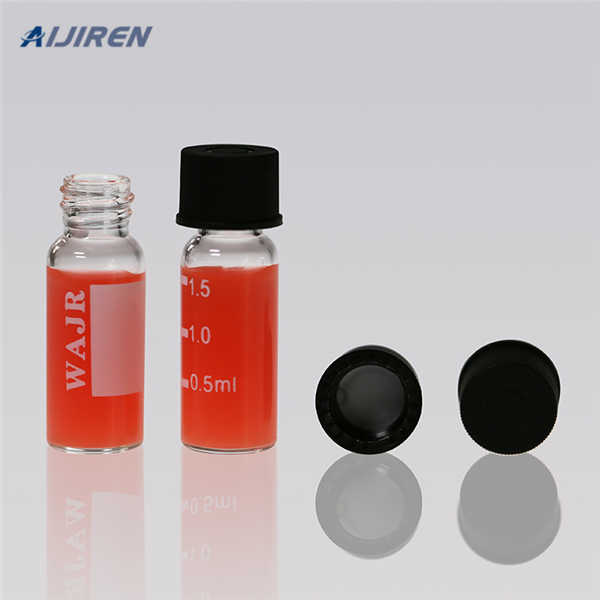
The premium Titan3 syringe filter range provides even higher levels of confidence • Color coding for easy identification and selection of the correct membrane and pore size • 30 mm products pressure rated to 120 psi/15 bar • Integrated prefilter options for enhanced removal of particulates Both Titan3 and Target2 syringe filters
.jpg)
Minisart® Syringe Filter, Polyethersulfone (PES), Pore Size 0.45 µm, Non-Sterile, Female Luer Lock, Male Luer Lock, Pack Size 500. 500. Item no. 16537----------Q. Brand. Minisart® High Flow. Application. Clarification and particle removal of aqueous solutions such as media, buffers and sera. Application Area.
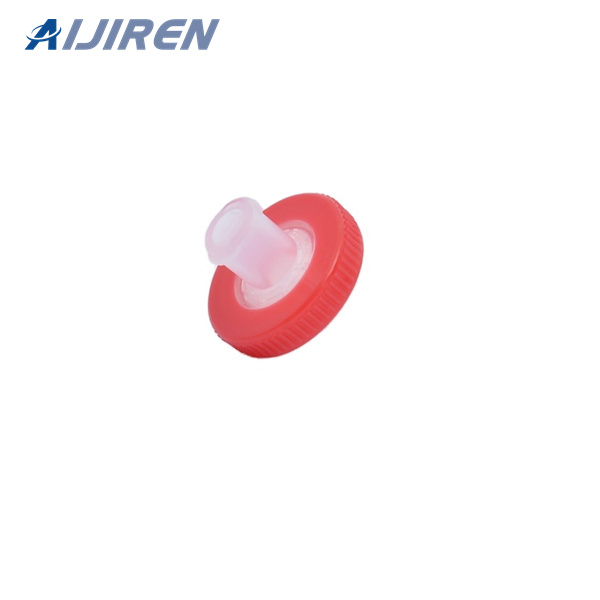
AN3H04700. This is a 30.0 µm pore size polypropylene prefilter constructed of 100% virgin polypropylene media. This filter is ideally suited for general clarifying & prefiltration applications including solvents, deionized water & bioburden reduction. View Pricing.
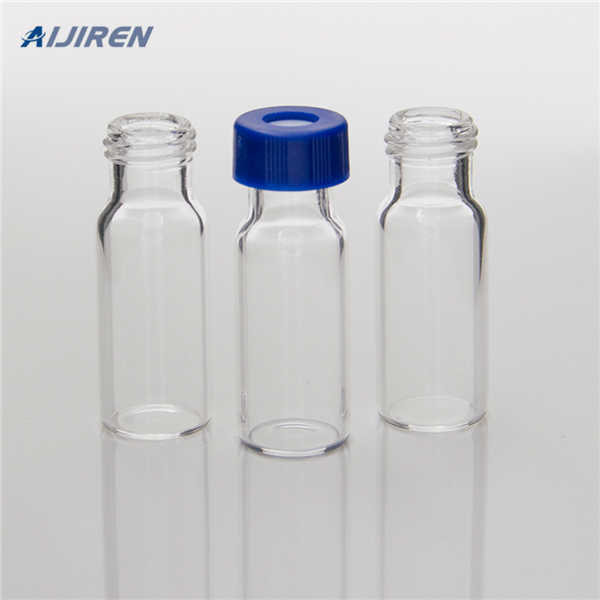
ORDER Adding a syringe filtration step prior to injection not only helps to ensure more consistent and reliable results; it also helps protect delicate instruments and prolongs column life.Syringe filters are attached to the end of a syringe to remove particles from a sample prior to analysis.
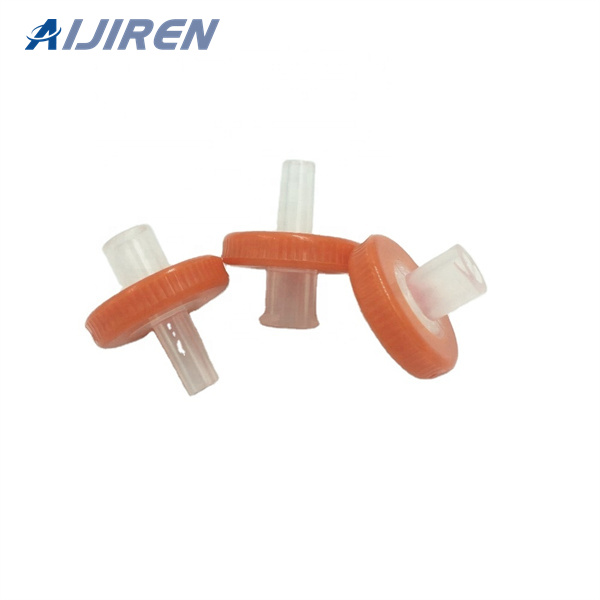
Testing Millex ® Syringe Filters with Water Samples using Modified EPA 537.1. Materials and Methods. To alleviate this concern, three lots of polyethersulfone (PES), three lots of nylon, and two lots of nylon-HPF (nylon membrane with a glass fiber prefilter for high-particulate filtration) Millex ® syringe filter devices were tested for PFAS extractables according to EPA Method 537.1.
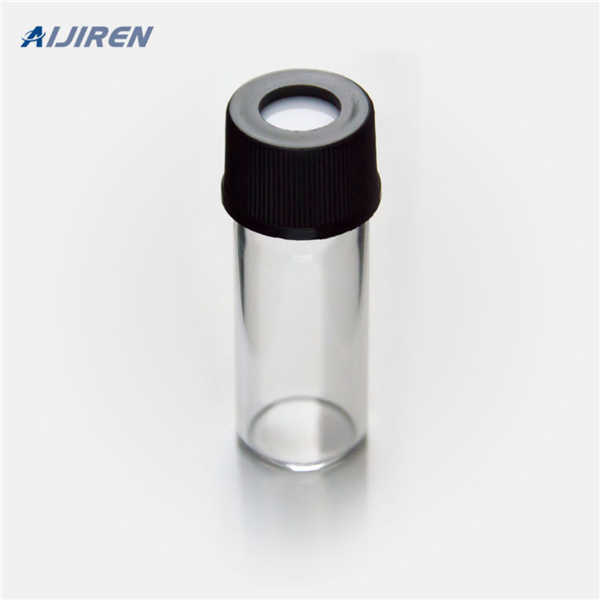
Millex-FA Syringe Filter Unit, 1.0 µm, hydrophobic PTFE, 50 mm, HB-HB. Compare Product No. Pore Size Diameter Sterility Material; SLFA050: 1.0 μm pore size: 62 mm

Millex® hydrophobic PTFE syringe filter pore size 0.45 μm, diam. 4 mm, non-sterile; Synonyms: 0.45 μm PTFE syringe filter,Fluoropore® PTFE syringe filter,Millex-FH syringe filter,disposable syringe filter,syringe filter; find Millipore-SLFHR04NL MSDS, related peer-reviewed papers, technical documents, similar products & more at Sigma-Aldrich
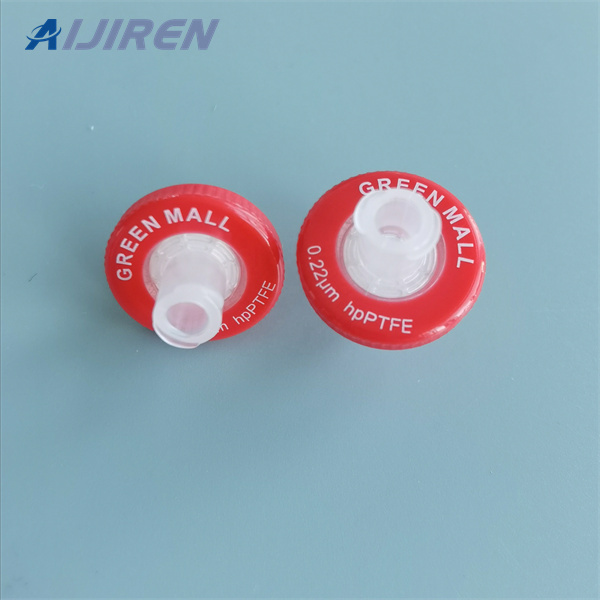
Hydrophobic filters are best suited for gas filtration, low surface tension solvents, and venting. In certain applications, hydrophobic filters are used to filter aqueous solutions because of compatibility requirements. Water or aqueous solutions can also pass through a hydrophobic filter once the water breakthrough pressure is reached.
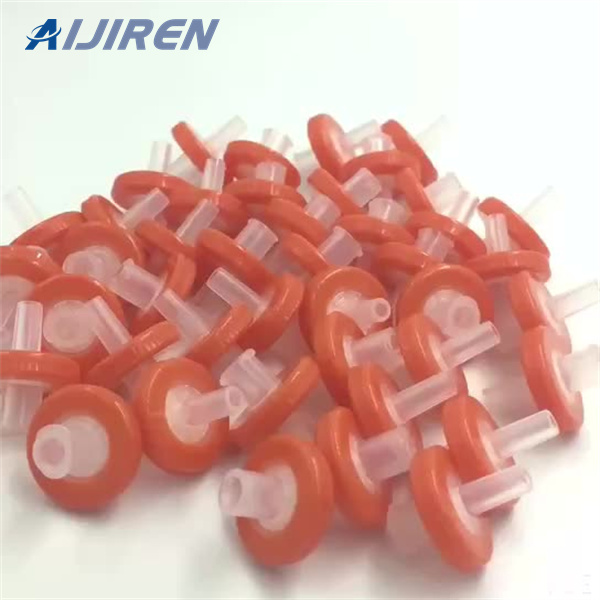
Jun 9, 2022 · Features of Hydrophilic PTFE Syringe Filters: 1. Inorganic solvent with strong chemical causticity filtration. 2. Mixed solvent filtration in HPLC (Acetonitrile/Water) 3. Alkali solutions
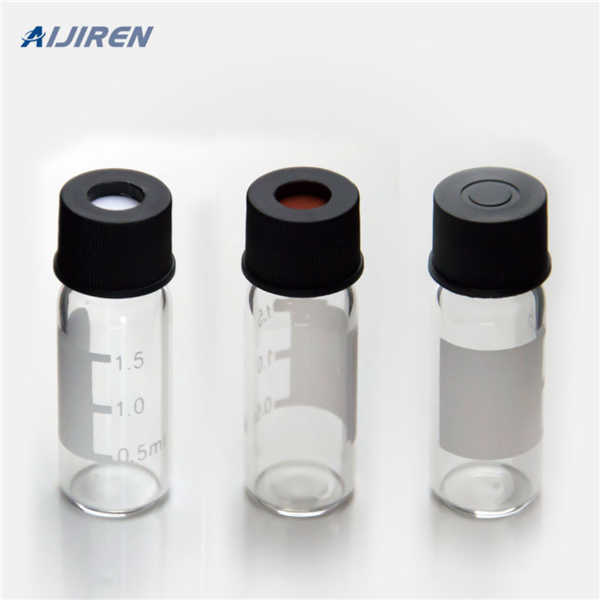
A syringe filter (or wheel filter) is a single-use, membrane-based device used for the removal of particulate impurities from small (≤ 100 mL) liquid samples ( Figure 1 ).
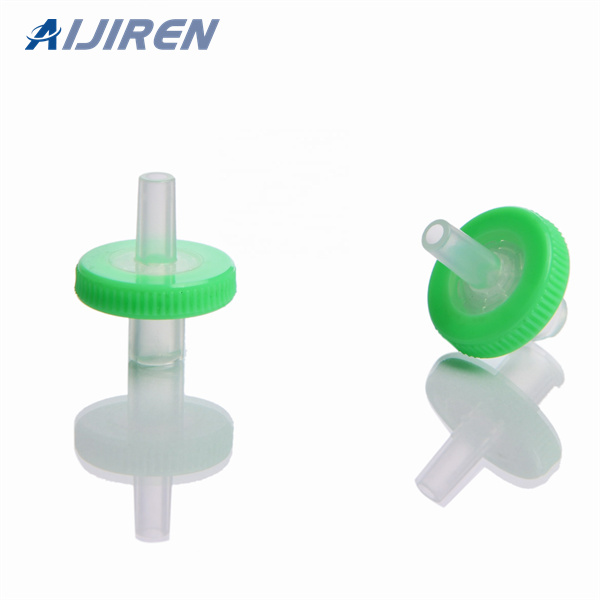
The hydrophobic PTFE membrane is very resistant towards all kinds of solvents as well as acids and bases. Flushing with alcohol, followed by water, makes the originally hydrophobic membrane more hydrophilic. All CHROMAFIL filters are autoclavable (121 °C and 1.1 bar for 30 min)! Selling unit. 100 pieces, 400 pieces.
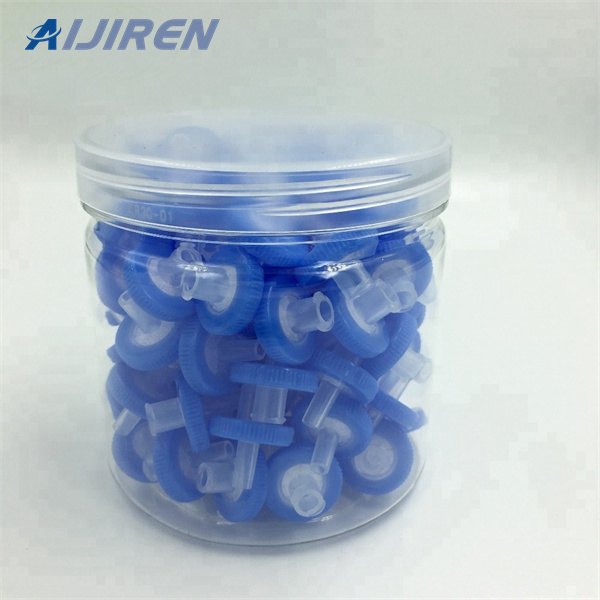
May 30, 2022 · Kuttiani et al. [ 48 ], reported the removal of up to 99.9% of acetaminophen and 87% of ibuprofen from water through an ultrafiltration polyimide membrane embedded with reline-functionalized nanosilica. The membrane removes 84.9% and 76% more acetaminophen and ibuprofen than membranes without any nanoparticles.
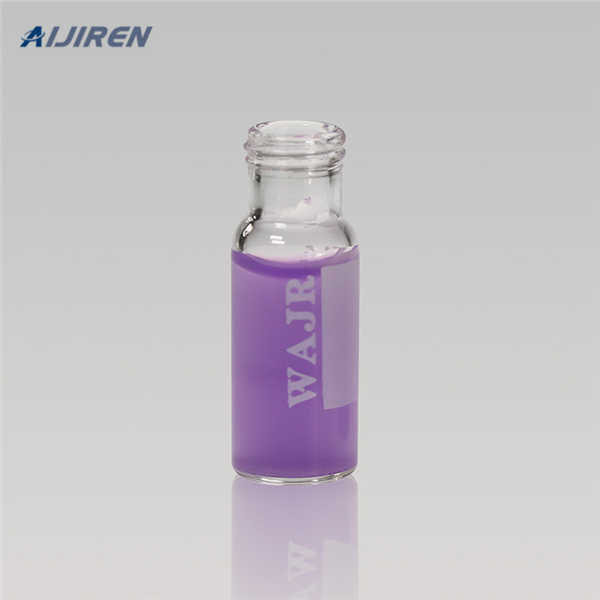
Use Thermo Scientific™ Choice™ PTFE Hydrophobic Syringe Filters for filtration of aggressive organic, highly basic or hot solutions and as transducer protectors. They can filter aqueous solutions after pre-wetting with an alcohol.
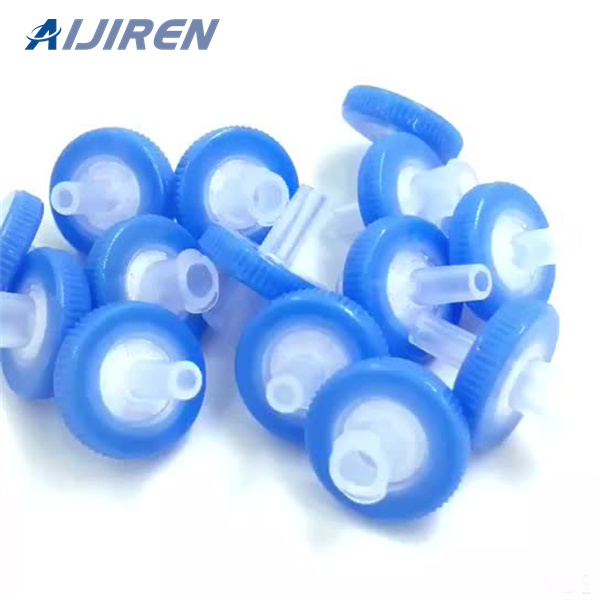
Economic Choice Syringe Filters are available in a variety of sizes and membrane types to meet any application need. Choice PVDF (Hydrophobic PVH) Syringe Filter 0.2 µm, 25 mm, 100 Pk. Choice PVDF (Hydrophobic PVH) Syringe Filter 0.45 µm, 25 mm, 100 Pk. Choice PVDF (Hydrophobic PVH) Syringe Filter 0.2 µm, 13 mm, 100 Pk.
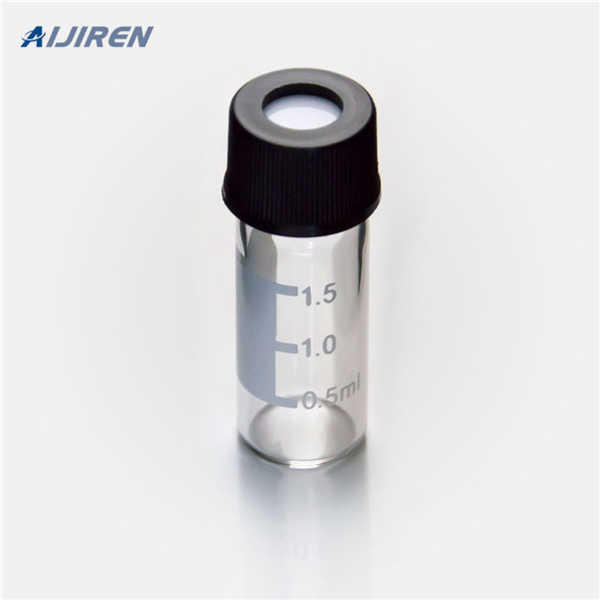
Oct 4, 2022 · The contaminant concentration in the filter is proportional to the filtration efficiency c f ∝ p, while the contaminant concentration in water c w ∝ (1−p). Altogether, the binding FE is